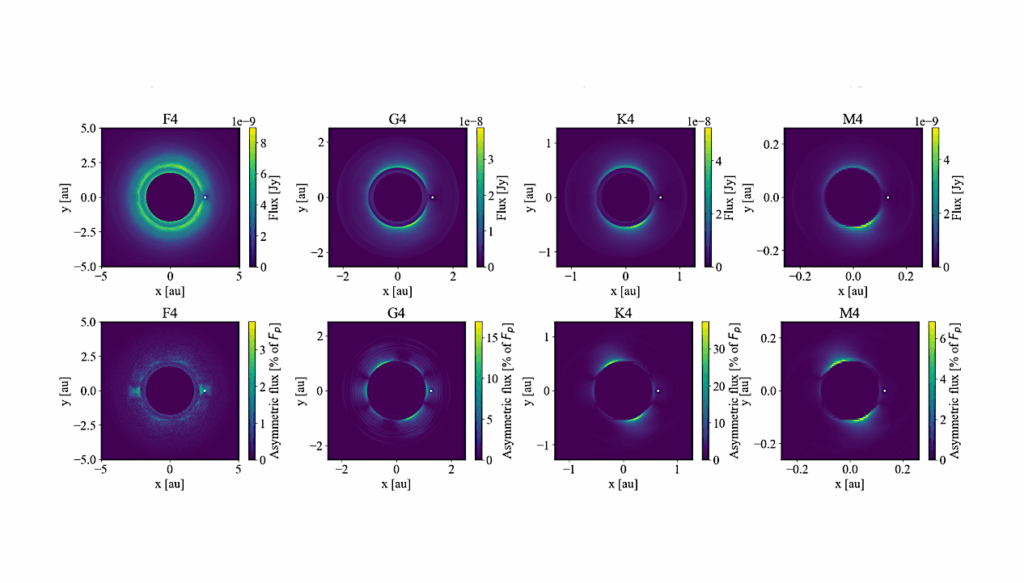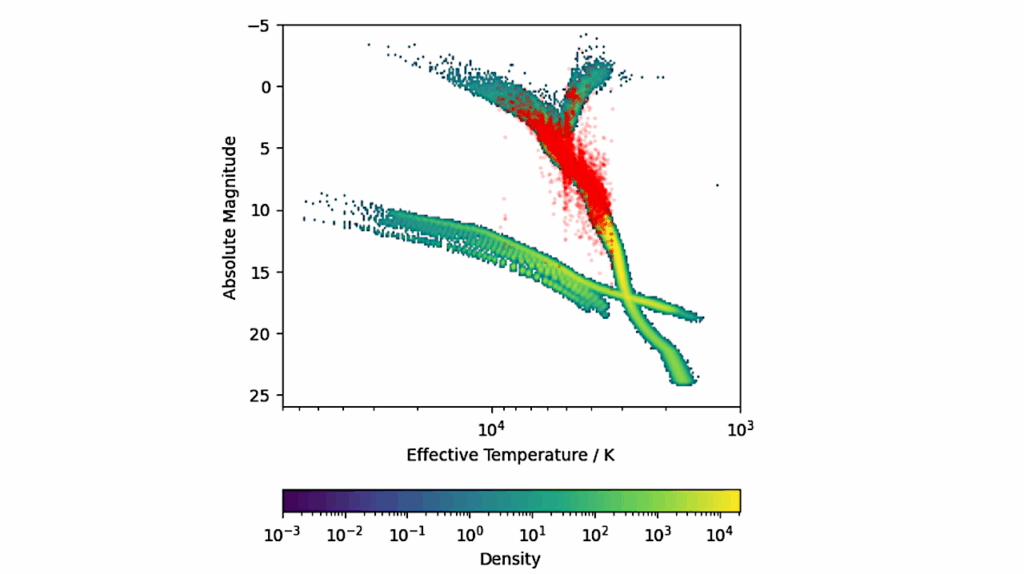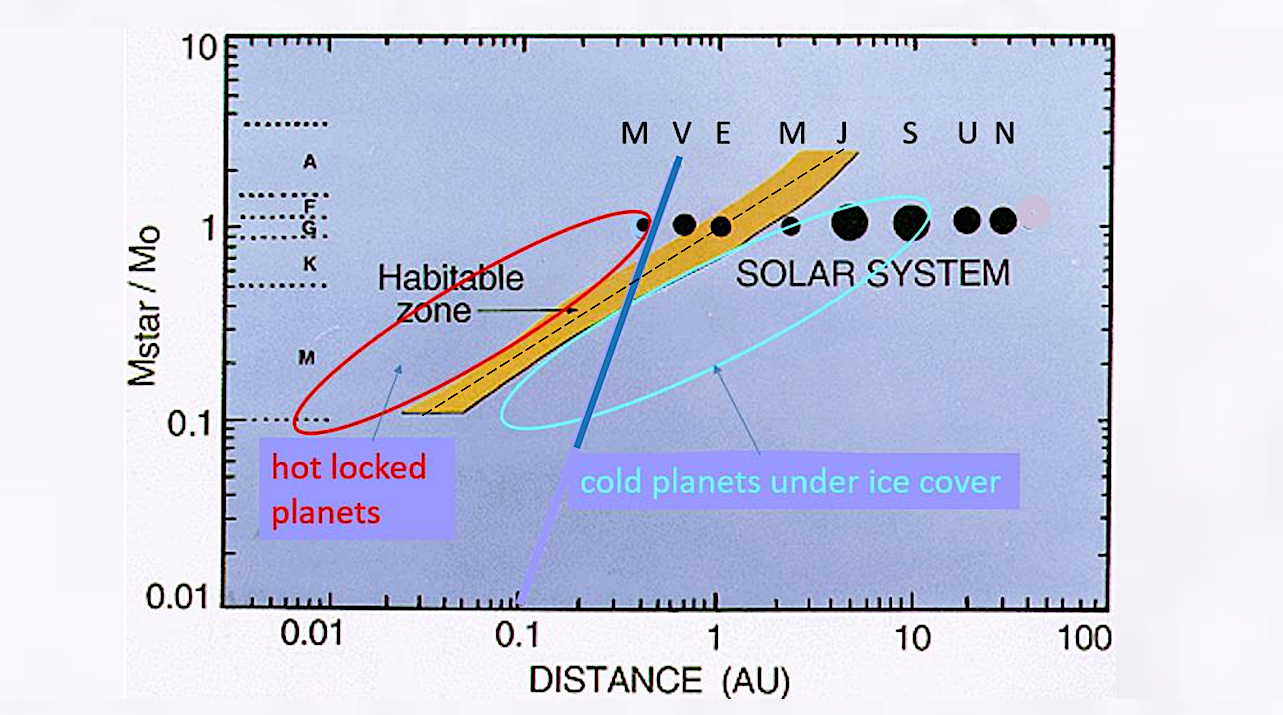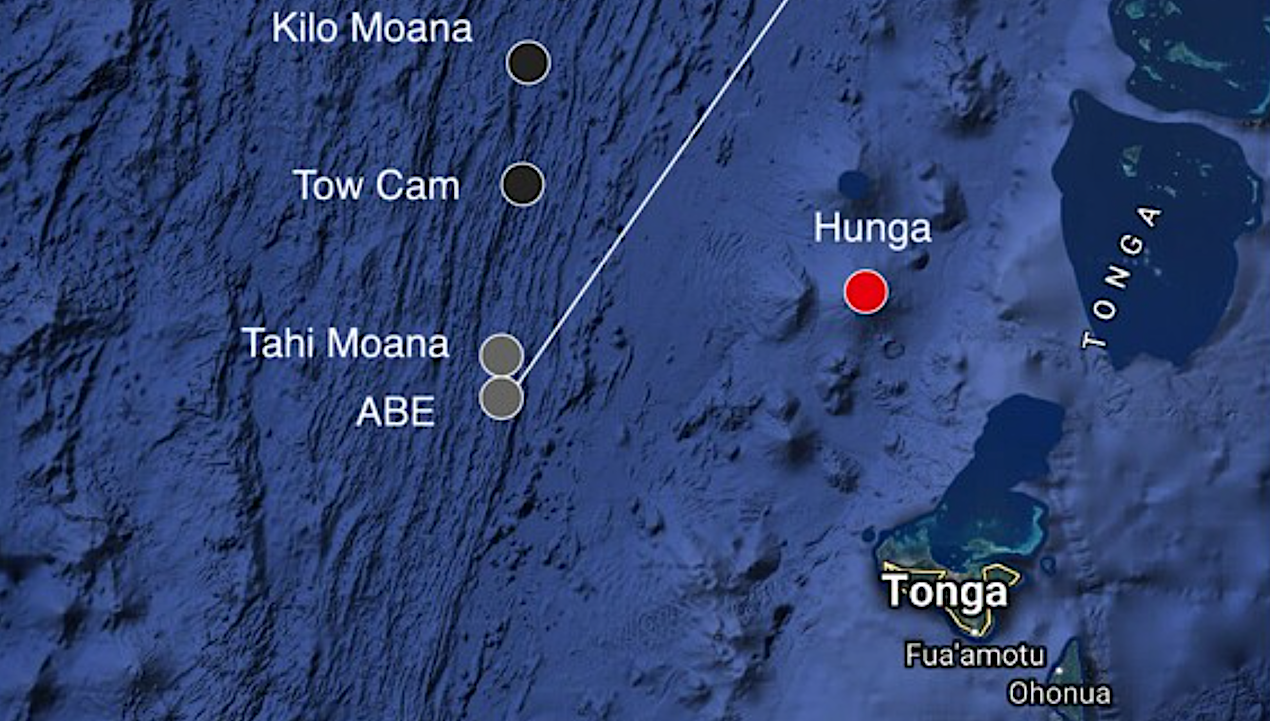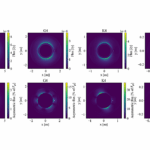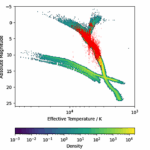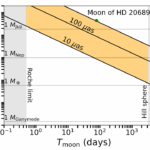Now Reading: Artificial Broadcasts as Galactic Populations: I. A Point Process Formalism for Extraterrestrial Intelligences and Their Broadcasts
-
01
Artificial Broadcasts as Galactic Populations: I. A Point Process Formalism for Extraterrestrial Intelligences and Their Broadcasts
Artificial Broadcasts as Galactic Populations: I. A Point Process Formalism for Extraterrestrial Intelligences and Their Broadcasts
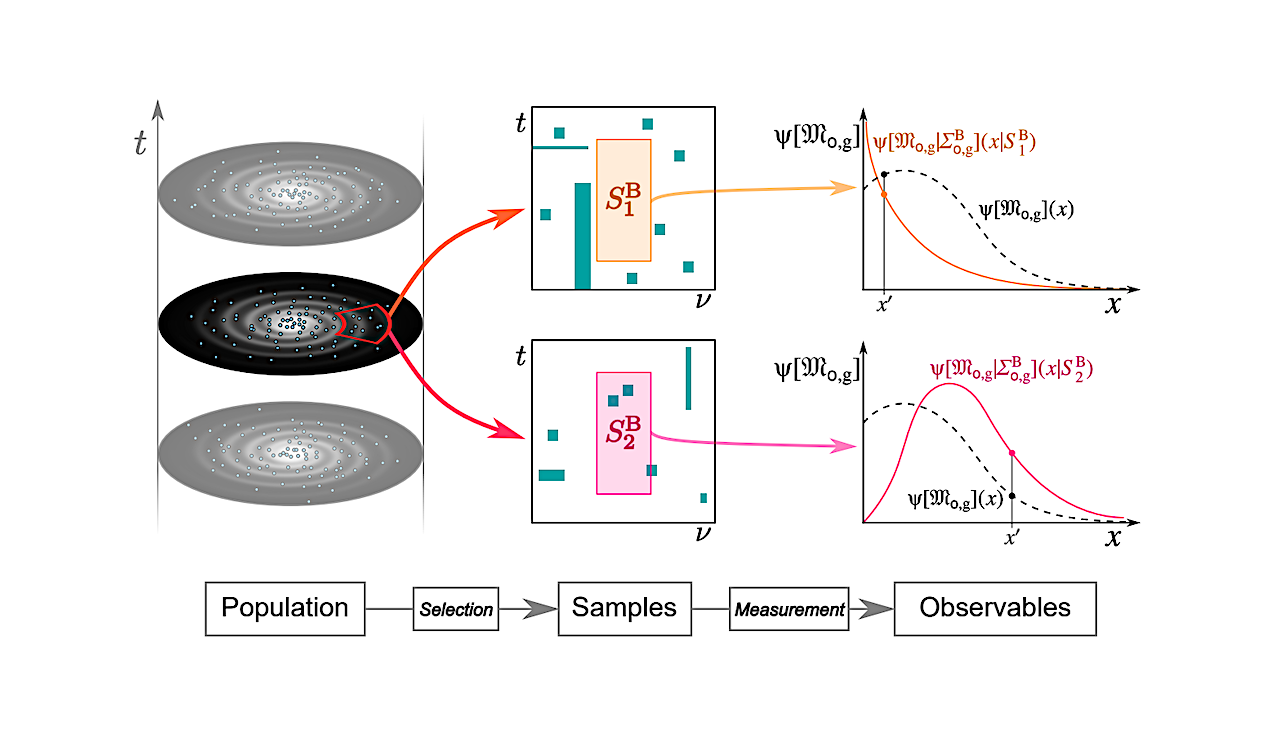

ETI broadcasts of a galaxy over its history form a population described by distributions (left). Surveys, and observations within the surveys, select subsets of the positions, times, and frequencies (and polarizations, not shown) spanned by this population, drawing samples treated as random sets (middle). In turn, measurement yields observable quantities, which are themselves random variables with probability distributions dependent on the sample drawn by the observation (right). Both the sampling itself and the measurement conditionalized on the observed sample contribute variance to the final quantity. — astro-ph.GA
Artificial broadcasts from extraterrestrial intelligences (ETIs) are a hypothetical class of celestial phenomena.
icate on galactic scales through interstellar travel. Different galaxies could thus have drastically different populations, with abundance variations of many orders of magnitude.
I present a probabilistic formalism to treat this shared history, in which societies and their broadcasts are described by distributions over basic properties like lifespan and energy released. The framework contains a hierarchy of objects related by a tree structure. Discrete societies, the sources of broadcasts, are organized into potentially interstellar “metasocieties.” The population of each type of object is represented by a random point process in an abstract parameter hyperspace, a “haystack.”
When a selection like an observation draws a sample, the point process is thinned. Given assumptions of interchangeability and independence, observables are modeled with compound Poisson random variables. I present an example of how selection bias can favor sampling longer-lived objects. I rederive the Drake Equation for societies in the limit of no expansion. When interstellar replication is present, however, the mean number of detected broadcasts can depend quadratically on stellar mass, suggesting a search strategy favoring large galaxies.
Brian C. Lacki
Comments: Published in ApJ; 51 pages, 9 figures, 10 tables, 3 appendices
Subjects: Astrophysics of Galaxies (astro-ph.GA); Instrumentation and Methods for Astrophysics (astro-ph.IM)
Cite as: arXiv:2405.04646 [astro-ph.GA] (or arXiv:2405.04646v1 [astro-ph.GA] for this version)
https://doi.org/10.48550/arXiv.2405.04646
Focus to learn more
Journal reference: ApJ 966, 182 (2024)
Related DOI:
https://doi.org/10.3847/1538-4357/ad11f2
Focus to learn more
Submission history
From: Brian Lacki
[v1] Tue, 7 May 2024 20:09:23 UTC (1,371 KB)
https://arxiv.org/abs/2405.04646
Astrobiology, SETI,
Stay Informed With the Latest & Most Important News
-
 012024 in Review: Highlights from NASA in Silicon Valley
012024 in Review: Highlights from NASA in Silicon Valley -
 02Panasonic Leica Summilux DG 15mm f/1.7 ASPH review
02Panasonic Leica Summilux DG 15mm f/1.7 ASPH review -
 03How New NASA, India Earth Satellite NISAR Will See Earth
03How New NASA, India Earth Satellite NISAR Will See Earth -
 04And Thus Begins A New Year For Life On Earth
04And Thus Begins A New Year For Life On Earth -
 05Astronomy Activation Ambassadors: A New Era
05Astronomy Activation Ambassadors: A New Era -
06SpaceX launch surge helps set new global launch record in 2024
-
 07Space Force plans new ‘Futures Command’ amid pressure to speed up modernization
07Space Force plans new ‘Futures Command’ amid pressure to speed up modernization














